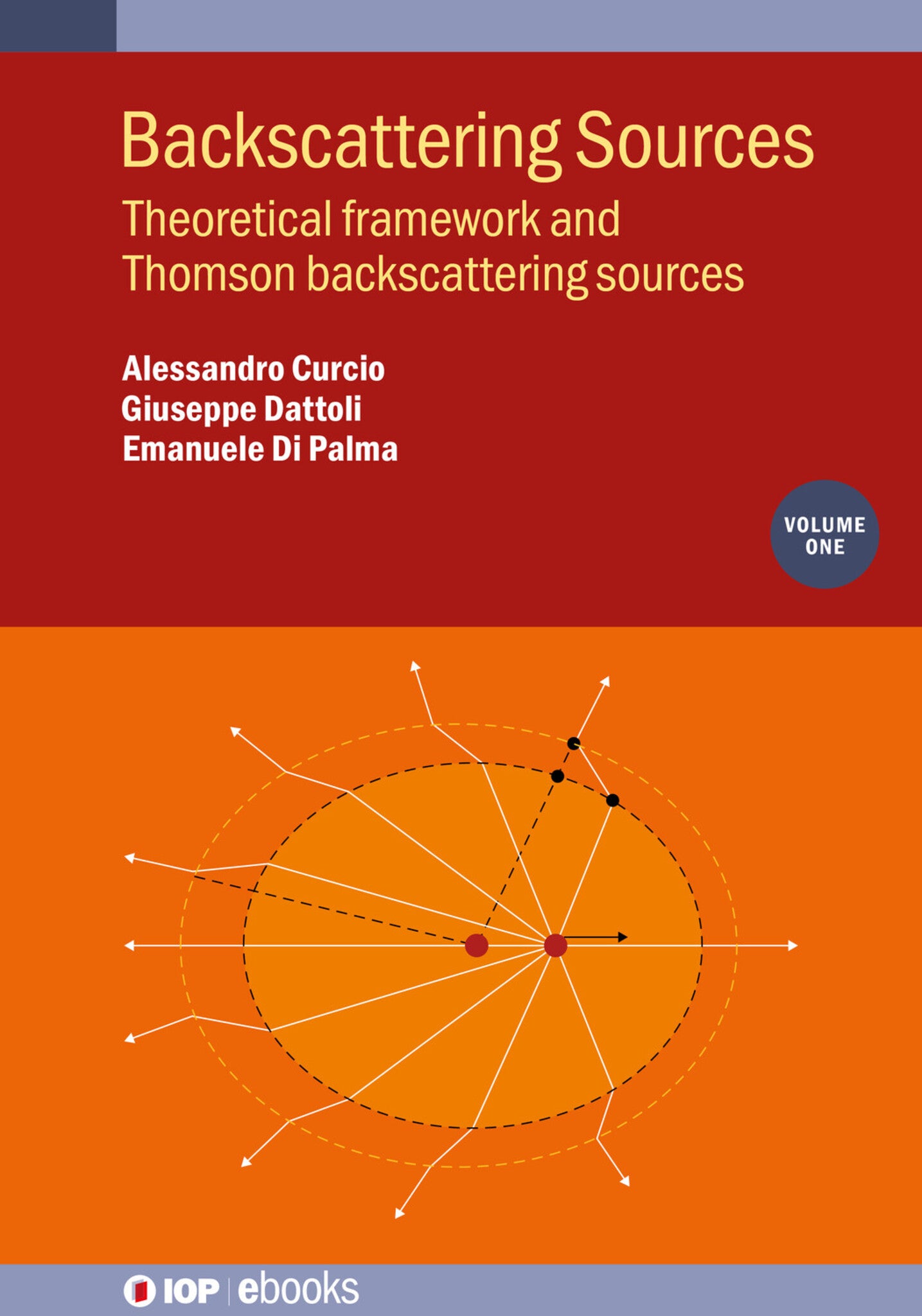We're sorry. An error has occurred
Please cancel or retry.
Backscattering Sources, Volume 1

Some error occured while loading the Quick View. Please close the Quick View and try reloading the page.
Couldn't load pickup availability
- Format:
-
16 August 2024

The top-performing X-ray and gamma ray sources are synchrotrons and Free Electron Lasers, which require large investment. Consequently, more affordable and accessible platforms are required for research and applications based on X-rays and gamma rays. CBS is a subset of Thomson and Compton scattering and is the mechanism through which high energy electrons interacting with low energy photons transfer part of their energy to the photons. Accordingly, an infrared photon can e.g. be “transformed” into an X-ray or gamma ray, in a CBS process. Monochromatic and ultrashort X-ray and gamma ray sources are challenging to make; however, CBS provides a compact and accessible platform for this purpose.
Aimed at those entering the field for the first time, this first volume provides a background in classical electromagnetism and relativity to facilitate the understanding of Thomson and Compton particle scattering. The general scattering theories are presented, along with laser and electron beam transport and optics. This first volume should equip the reader with the necessary background and insight to understand more advanced topics in Volume 2.
Key Features
- Offers a self-contained overview of pulsed X-rays sources based on compact lasers
- Provides a detailed presentation of theory and applications targeted at newcomers to the field
- Demonstrates a thorough discussion on current performance limits
- Works as both a study manual for students or a reference text for researchers

SCIENCE / Physics / Particle, Particle and high-energy physics, SCIENCE / Physics / Optics & Light, SCIENCE / Physics / Nuclear, Optical physics, Nuclear physics

Chapter I : Introduction to Electron Photon interaction
Chapter II: Thomson Scattering and radiation Emission in Magnetic Undulators
Chapter III: Elements of Phase Space Transport
Chapter IV: Electron and Laser Beams Interaction
Chapter V: Thomson Backscattering Sources I
Chapter VI: Thomson Backscattering Sources II



